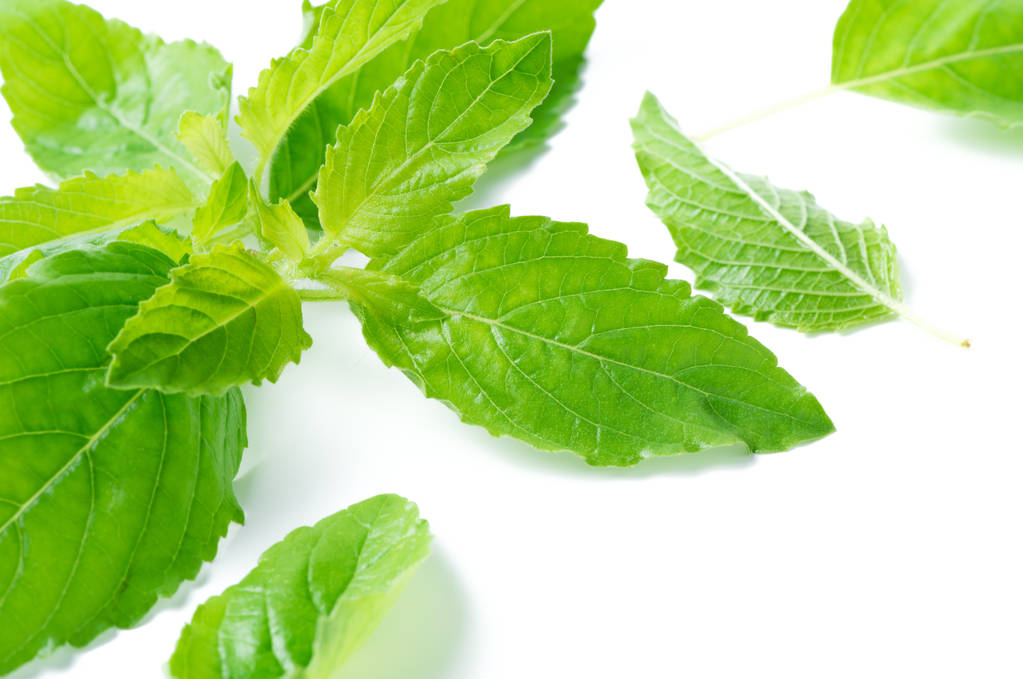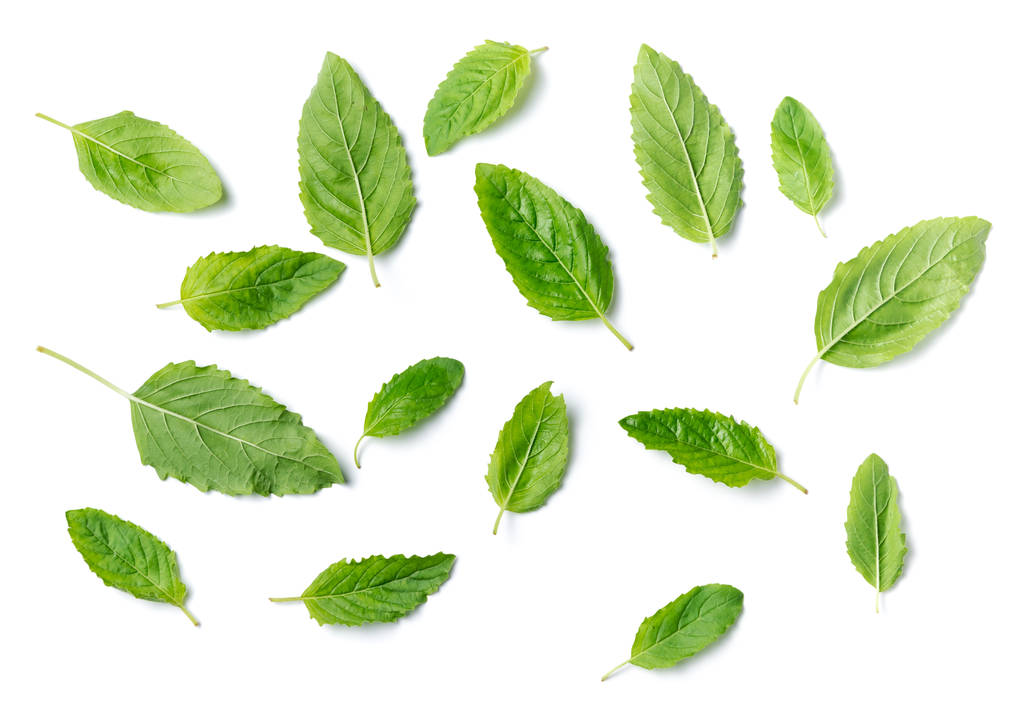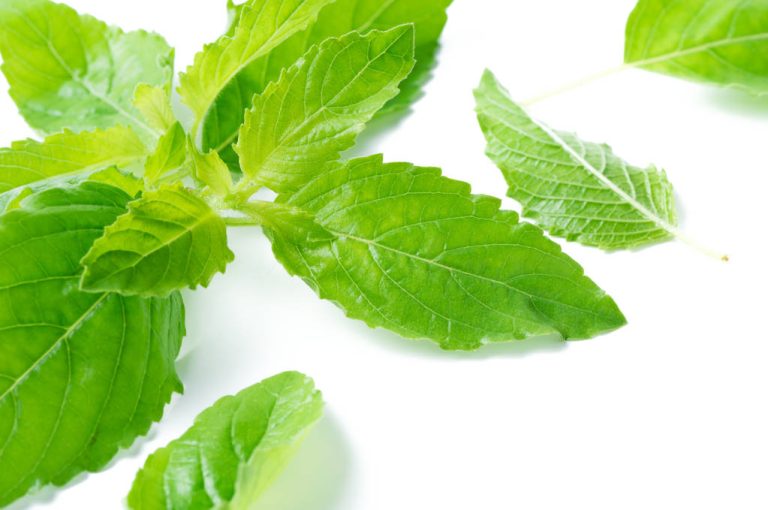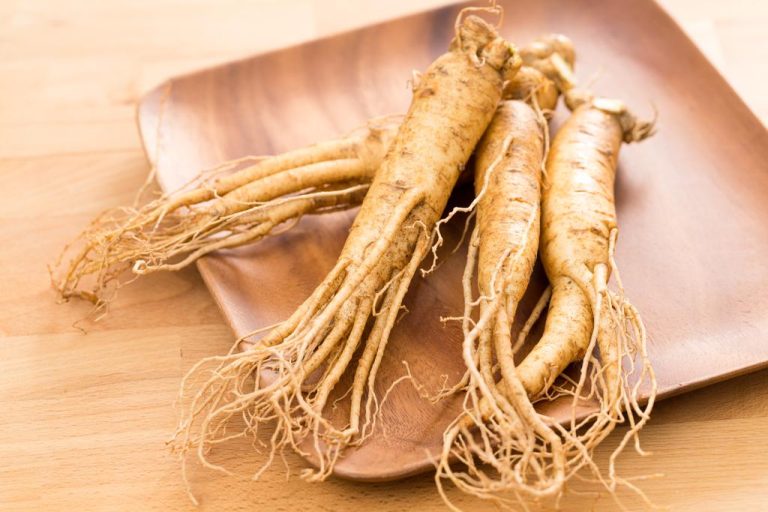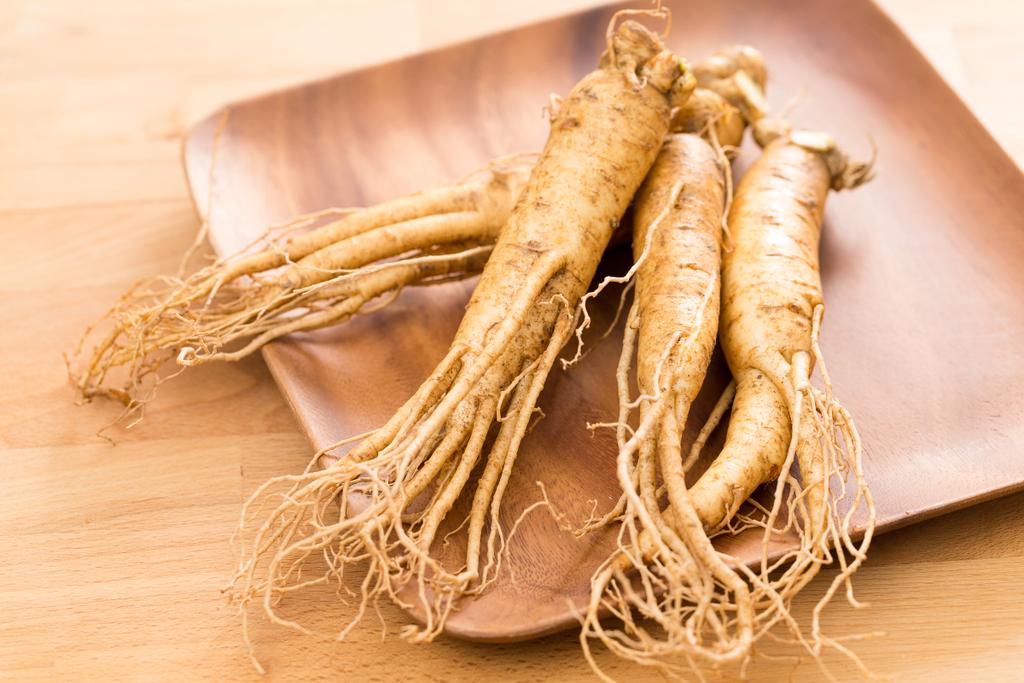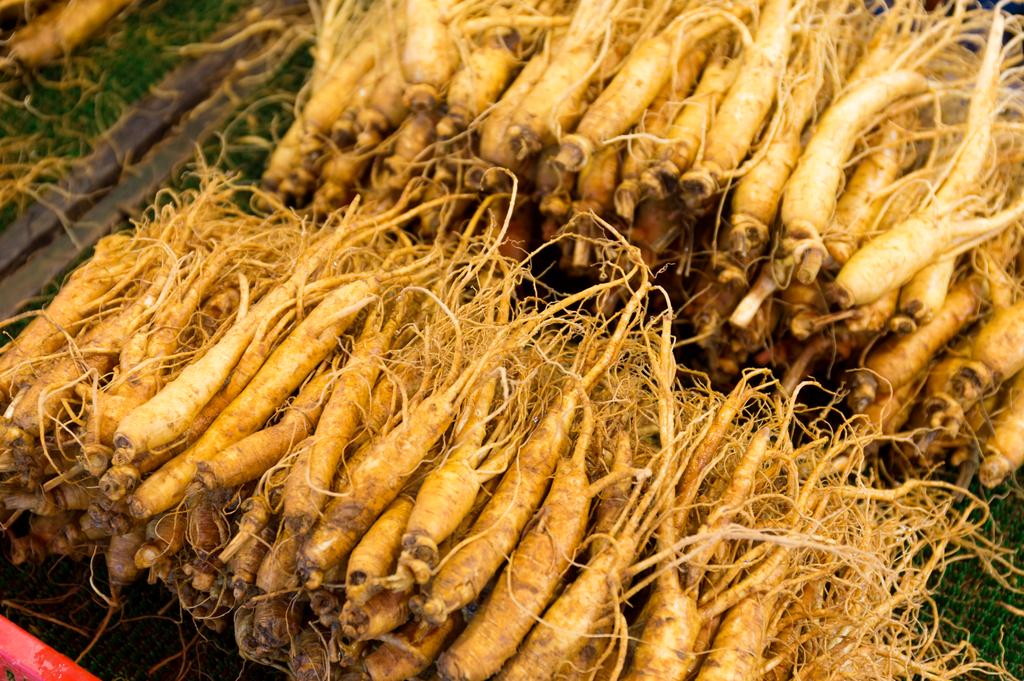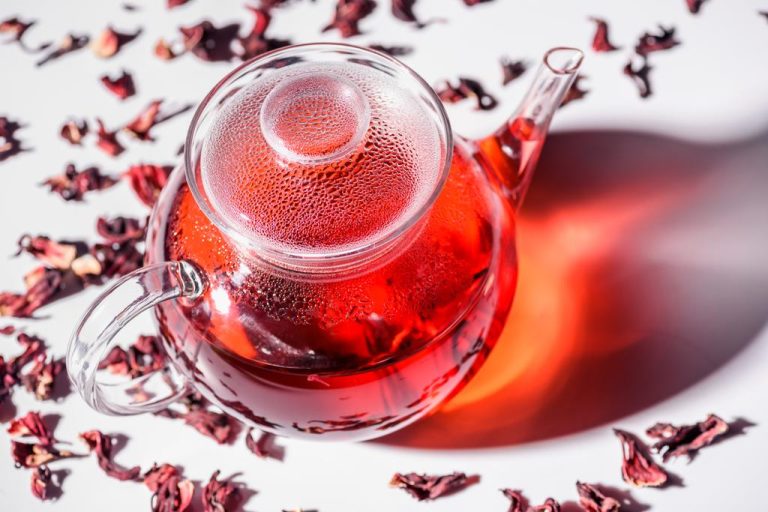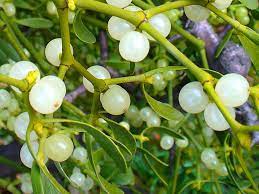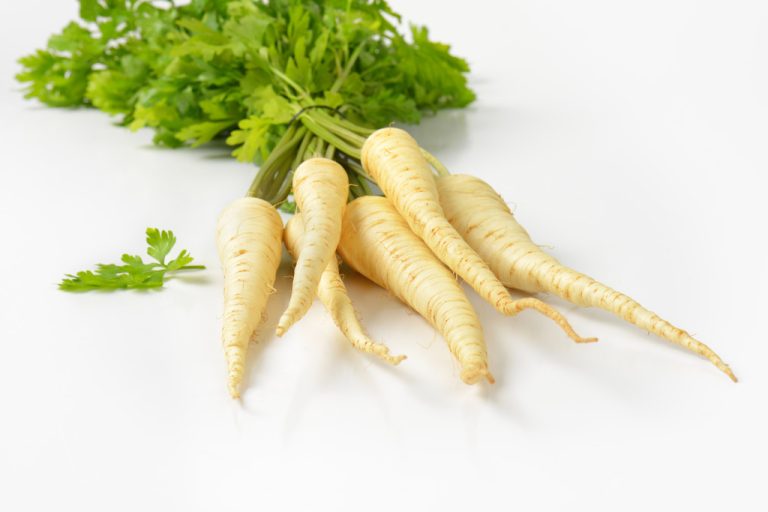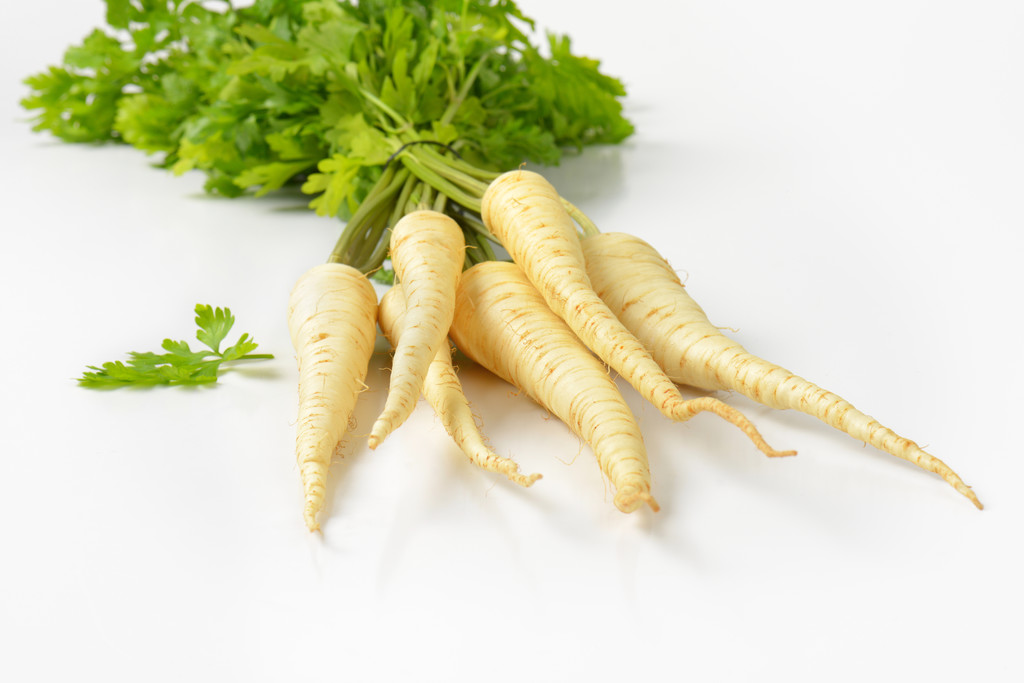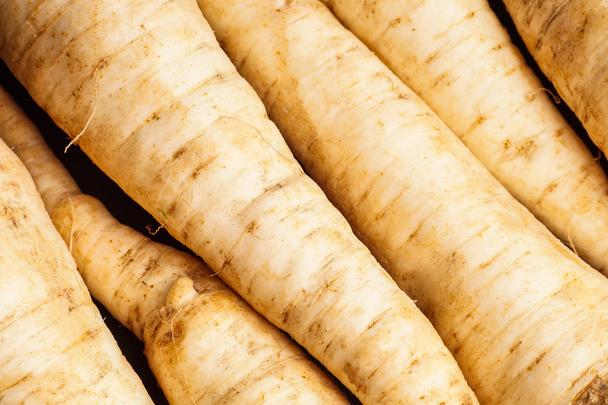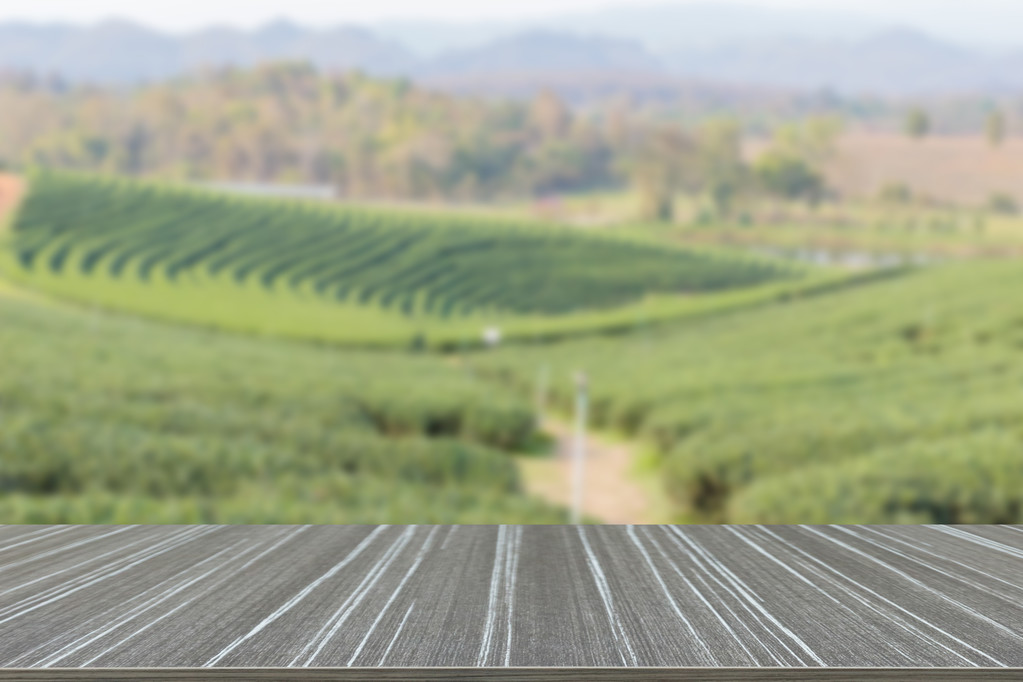Basmati rice is present in almost every kitchen today. The Indian fragrant rice goes well with curries and oriental dishes. You can read about the growing conditions and how healthy basmati rice is in our guide.

Basmati rice: The aromatic type of rice from India
Basmati rice is an aromatic fragrant rice grown mainly in India and Pakistan. It is known for its slightly nutty aroma and originally comes from Afghanistan. People there use it mainly in oriental and Indian dishes.
Basmati rice is one of the long grain rice varieties. That is, the rice grains are long and narrow and hardly stick. Therefore, the rice remains fluffy and grainy after cooking.
Like most rice varieties, basmati rice is grown in flooded fields. Regions at the foot of the Himalayas and areas on the banks of the Ganges are particularly suitable for this. The rice fields are supplied with sufficient water by the melt water, the monsoon rains and the water-rich river.
Growing Basmati Rice: How Sustainable is it?
1. Water: Since Basmati rice requires a lot of water to grow, it is referred to as wet rice cultivation. However, the high water requirement of the rice fields is a major problem in many growing areas. If the monsoon rains aren’t that heavy, the farmers have to tap wells or rivers to supply the fields with water. This lowers the groundwater table and exacerbates water shortages.
2. Methane: The cultivation of wet rice harbors another environmental problem: methane is produced because the plant remains are decomposed by small bacteria in the standing water of the rice fields. According to the Max Planck Society, wet rice cultivation is responsible for ten to 25 percent of global methane emissions. Methane makes a significant contribution to the man-made greenhouse effect and, according to the Federal Environment Agency, is 25 times stronger than CO2.
3. Pesticides: Since many farmers use large amounts of pesticides in conventional rice cultivation, you should look for organic quality when buying. Stiftung Warentest has found pesticide residues in many cases in 31 basmati rice products tested. Here you will find an overview of which basmati rice is particularly contaminated. Sprays are not only problematic for the environment and consumers, but above all for small farmers. Because the pesticides get into the drinking water and endanger the health of the local people.
4. Transport route: The ecological balance of rice is poor – also due to the long transport routes to us on the supermarket shelf. How sustainable rice actually is depends largely on the type of cultivation. There are various organizations and initiatives that support organic farming under fair working conditions and wages, such as the “Khaddar” project in northern India or the Indian “Navdanya” foundation. The foundation pays fair wages to the farmers and sells the rice to international buyers at reasonable prices.
Basmati Rice: Nutrients and Health
Rice is a popular accompaniment to various dishes. It is high in carbohydrates and contains little fat. However, there are hardly any vitamins and minerals in basmati rice. Parboiled and brown rice are therefore the healthier alternatives:
In the case of brown rice (also whole grain or brown rice), the grains are still surrounded by the silver skin, which contains most of the vitamins and minerals.
With white rice, this husk is removed by polishing and most of the nutrients are lost.
In the parboiling process, the rice grains cook in steam and are exposed to great pressure. In this way, the valuable ingredients are pressed into the interior of the grain. However, the parboiling process is rarely used for basmati rice.
Here is an overview of the nutritional values of 10 grams of white basmati rice:
Calories: 351 kcal
Carbohydrates: 76 g
Protein: 9 g
Fat: 0.3g
Fiber: 2.2 g
Vitamins, minerals and trace elements in white basmati rice:
Rice contains vitamins B1, B2 and E, which are mainly found in the silver skin. The grain provides minerals including magnesium, calcium, iron, zinc, potassium and phosphorus. Wholemeal rice contains significantly more vitamins and minerals, which is why you better reach for it.
Arsenic in Basmati Rice
Rice is known for its comparatively high arsenic content. Inorganic arsenic compounds are highly toxic and carcinogenic. According to the Bavarian State Office for Health and Food Safety, the following maximum levels of arsenic in rice products are set according to the EU regulation of 2016:
max. 200 micrograms per kilo of white rice,
max. 300 micrograms per kilo of rice cakes.
For comparison: The limit value for arsenic in drinking water is 10 micrograms per liter (Federal Environment Agency). Rice absorbs arsenic better than other grains. Therefore, you should ensure a varied diet and not use rice as the only side dish that fills you up.
The arsenic content of basmati rice is extremely low, explains Stiftung Warentest. The experts suspect that this is due to the low arsenic content in the Basmati cultivation area. More information on arsenic in food.
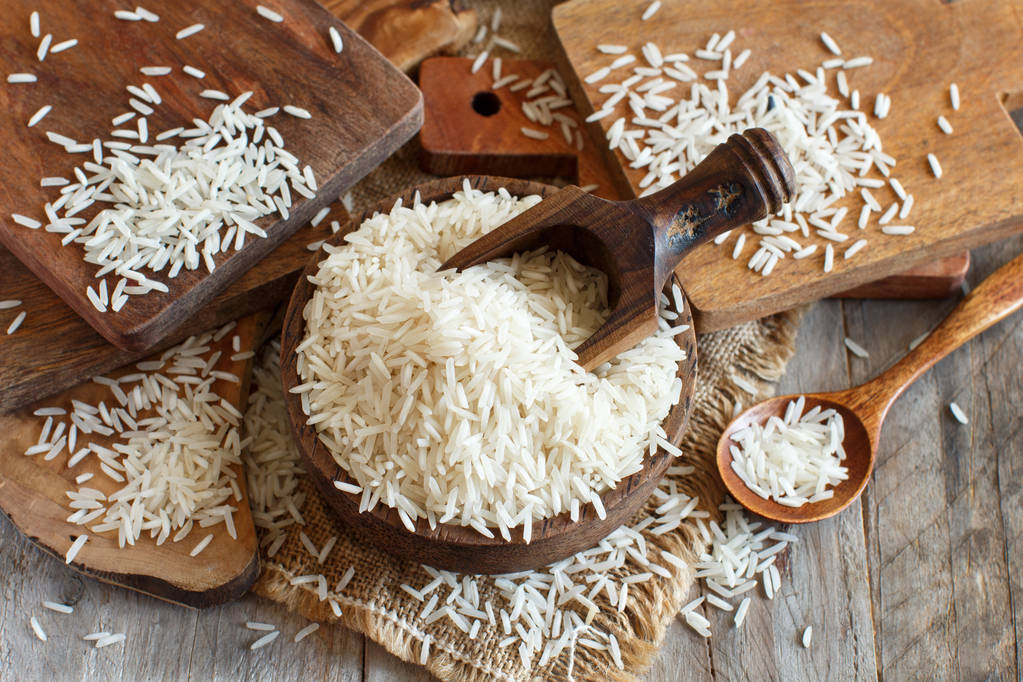
Cooking basmati rice: easy instructions
You can cook basmati rice in a number of ways. If you don’t have a rice cooker available, you can choose between the following methods:
source method:
You need:
1 cup basmati rice
1 1/2 cups water
possibly some salt
Here’s how you do it:
Wash the rice in a colander until the water runs clear. This way the rice will be nice and fluffy after cooking and won’t stick.
Put rice, water and some salt in a saucepan and let the rice soak for ten minutes. Basmati rice has a great aroma on its own, so you can do without salt completely. Spicy sauces go well with it.
Turn the stove to high and let the rice boil. Then immediately switch back to medium to low level. Because basmati rice should not boil, but cook slowly.
As soon as there is no more water in the pot, the rice is ready (after 15-20 minutes). If the grains are still a bit too al dente, you can add a few tablespoons of water and let the rice cook a little longer.
Cook rice like noodles:
You need:
1 cup basmati rice
6 cups of water
possibly some salt
How to cook the basmati rice:
Wash the rice first.
Then add 1 part rice to 6 parts water in a saucepan. How much salt you add is up to you.
Bring the rice to the boil on high, then reduce the heat to low-medium. After about 15 minutes the rice is done.
Drain off the remaining water with a colander. Note, however, that some of the nutrients are lost when the water is poured off. Therefore, the source method is the better alternative.
